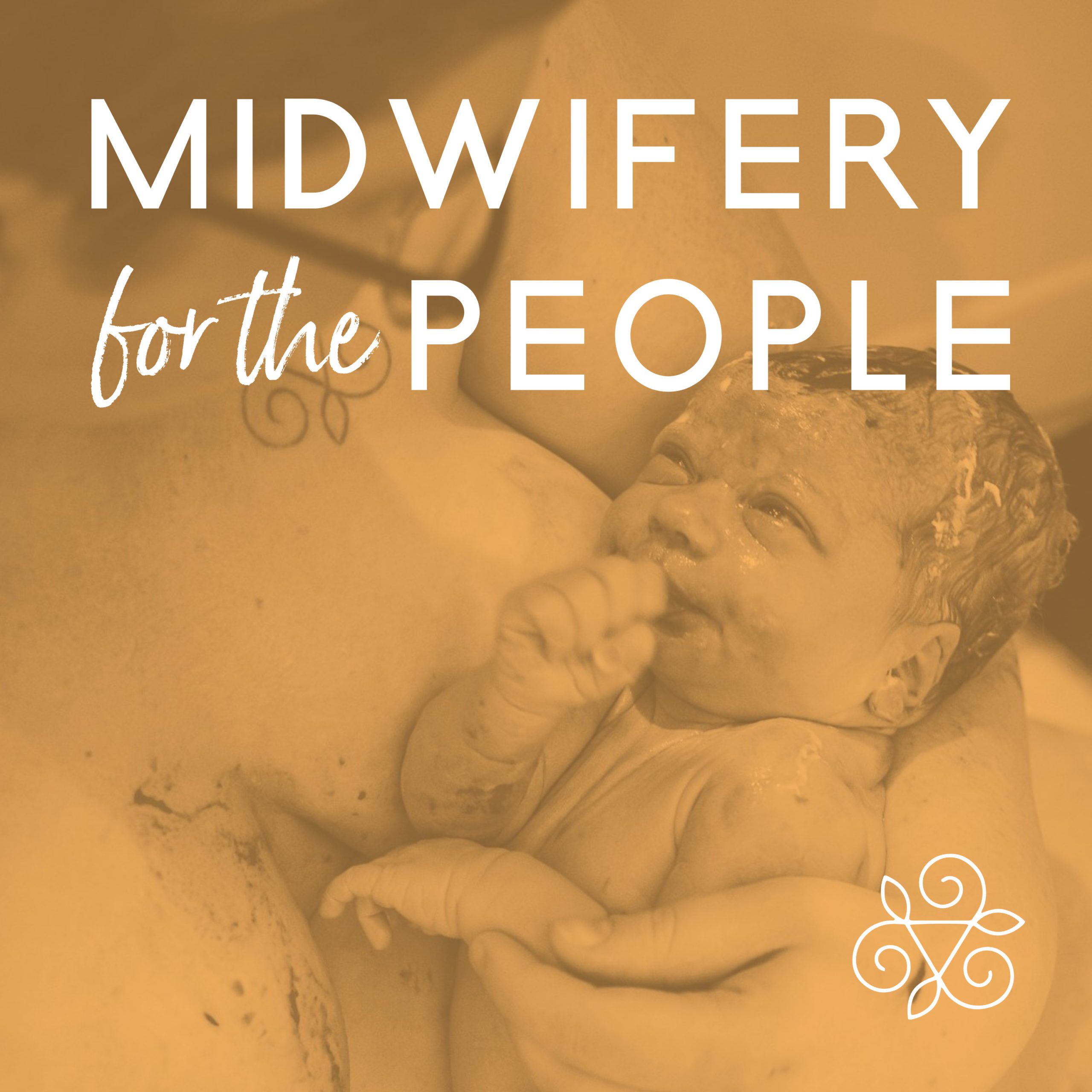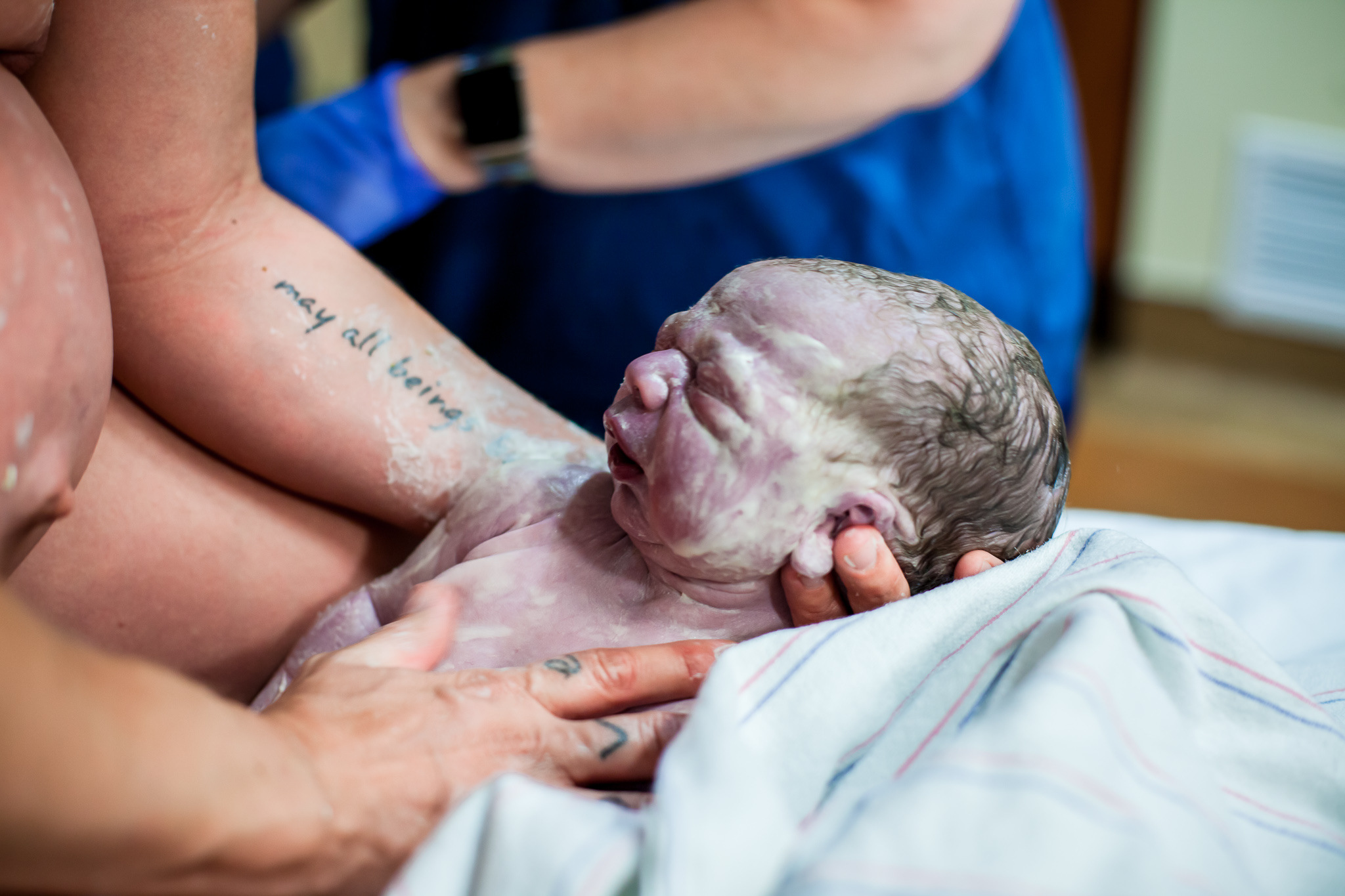This isn’t a post about how to chart your fertility, or use fertility awareness to avoid or achieve pregnancy naturally (posts and classes on that in the near future though!). These are four reasons that charting your fertility is awesome, beyond the obvious avoiding/achieving pregnancy aspects.
1. Because it is a super interesting science project. In all seriousness, charting your cycle is usually interesting and empowering (and sometimes exciting!), whether you have normal cycles or are trying to change problematic aspects of your cycles and overall health. Sometimes I like to guess what my temperature will be while I’m taking it, and I always feel really cool when I’m right, like a fertility ninja or something. Charting can also be a great science experiment. Observing our cycles when taking different herbs, using different night lighting, and when we are stressed gives us really amazing proof that how we treat ourselves daily changes what we see on paper, which reflects a change in our overall health and wellbeing. Obviously there are other “proofs” that don’t include numbers on paper, but sometimes this science-y version of proof helps keep us on track with our commitment to healthy living.
2. Charting is a way to create or enhance your practice of listening to your body and keep track of your emotional and physical experiences. Although I started out just taking my temperature and checking my cervical fluid, I quickly began using my 5 minutes of charting time to include information about my exercise for the day, noting when I got headaches, when I felt ovulation pain, when I was feeling irritable or sensitive, or when I felt creative, social, shy, etc. Because I took just a few minutes to write down these notable things, I now essentially have a journal that I can use to help solve some of my personal health mysteries. This is a wealth of information to have. Even if you don’t have anything interesting or notable going on now, it can be useful to you in the future if you start experiencing something new or strange, since then you can look back and know for certain that it hasn’t happened before, and you can note when it started or changed for you. There are so many applications of this, and authors like Kate Singer hold the vision that all health care workers will become skilled chart readers, so that charts and symptom journals can become another tool for them to use when helping you with your unique situation.
3. Whether you are using fertility awareness for trying to achieve pregnancy, avoid pregnancy, for other health reasons, or just for fun, you will likely gain a new appreciation for how your fertility cycles influence and are intertwined with your sex life (which you can make notes about on any fertility charting software or paper version I’ve seen). Many women note that they are most interested in sex during their fertile time, regardless of sexual orientation or their intentions of avoiding or achieving pregnancy. On the other hand, just as many women have different cyclical variations in sexual interest, or interest levels that depend more on other variables. It can be really powerful to honor our own changes in levels of sexual interest, rather than subjecting ourselves to the male-centric cultural notion that sex is something we can be interested in every day. In any case, charting is another way to become more mindful about these aspects of ourselves and our relationships.
4. There are 3.2 million unintended pregnancies in the US each year. We spend over 3 billion dollars a year on fertility treatments, and about $200 million a year on contraceptives. Charting means taking your reproductive health into your own hands and making your own conscious decisions about fertility and pregnancy. That doesn’t mean that we never need medical consultation or assistance, just that we are shifting the balance of power back to ourselves. Charting is a non-invasive, low tech way of gathering more information that can be used for many purposes. It is a first tool to use in many different situations where mainstream medicine usually skips to heavy pharmaceuticals and much more invasive testing. Charting (for whatever reason) helps us become more autonomous, more free, and more empowered – whether it is to help us time IUI treatments with donor sperm, help us avoid pregnancy without the use of synthetic hormones, or learn more about the way our hormones effect a particular aspect of our health we may be struggling with. When we become the experts of our own bodies, when we gain confidence and respect for the way our unique bodies work, when we are able to use our knowledge to help us reach our own health and reproductive goals, we change the world, if only a little bit. Charting takes the power away from insurance companies, impersonal specialists, pharmaceutical companies, and other institutions which prefer that we stay in the same place of disempowerment, of looking to experts for the answers, and looking to buy the life we want rather than making it ourselves.
So when you pick up your basal body thermometer when you wake up tomorrow, remember that it is a revolutionary act. We are helping to create the world as we want it to be each and every morning!





+ show Comments
- Hide Comments
add a comment